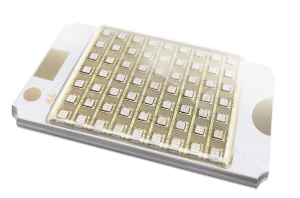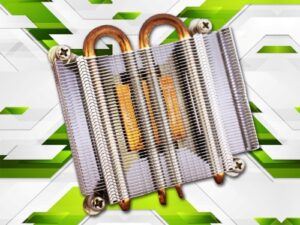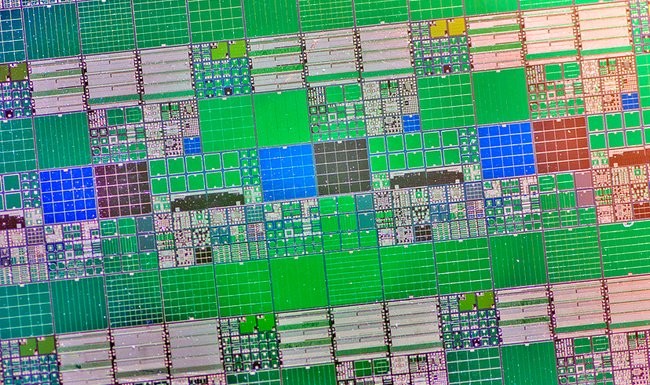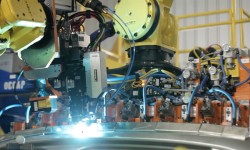Lumichip designs-in Cambridge Nanotherm’s thermal management technology
 Lumichip, a leading developer of LED packaging solutions and light engines, has designed-in Cambridge Nanotherm’s thermal management technology for LEDs.
Lumichip, a leading developer of LED packaging solutions and light engines, has designed-in Cambridge Nanotherm’s thermal management technology for LEDs.
Thorough tests by Lumichip revealed Cambridge Nanotherm’s technology to have extraordinarily high levels of thermal performance, well beyond that of comparable solutions and approaching the thermal performance of exotic ceramic materials such as AIN (aluminium nitride). Lumichip has therefore selected Nanotherm’s technology as the basis for a series of technology-leading COB LED modules for UVA applications.
Click on the following link to read the full article about Lumichip designs-in Cambridge Nanotherm’s thermal management technology.




 In this interview, Douglas Hardy from H.C. Starck talks about how their molybdenum and tungsten metal, composite and laminate products are used in
In this interview, Douglas Hardy from H.C. Starck talks about how their molybdenum and tungsten metal, composite and laminate products are used in 

 Chip-on-wafer technology could pave the way for higher-performance, slimmer and more cost-effective electronic devices.
Chip-on-wafer technology could pave the way for higher-performance, slimmer and more cost-effective electronic devices.
 In manufacturing engineering, the search for the “best way” to fasten components into subassemblies is a major part of the job. There are lots of options, spot welding has been the method of choice for decades.
In manufacturing engineering, the search for the “best way” to fasten components into subassemblies is a major part of the job. There are lots of options, spot welding has been the method of choice for decades.